In the Methow Valley, where Washington’s Cascades flatten into one of the state’s most dramatic backdrops, a tiny concrete box has been sunk into the hillside. It’s called Tinyleaf – a name that undersells what is, in truth, a neat bit of architectural problem-solving disguised as a cabin.
The brief given to architecture studio GO'C was simple: make something small, about 15 by 22 feet, but make it live big. The result is an outpost for an outdoor enthusiast, with mountain bike trails and cross-country ski routes starting quite literally at the door. For now, it’s a standalone shelter, but in time it will serve as a guesthouse when something larger grows from the same slope. The point was to get the site working quickly, and Tinyleaf does just that.
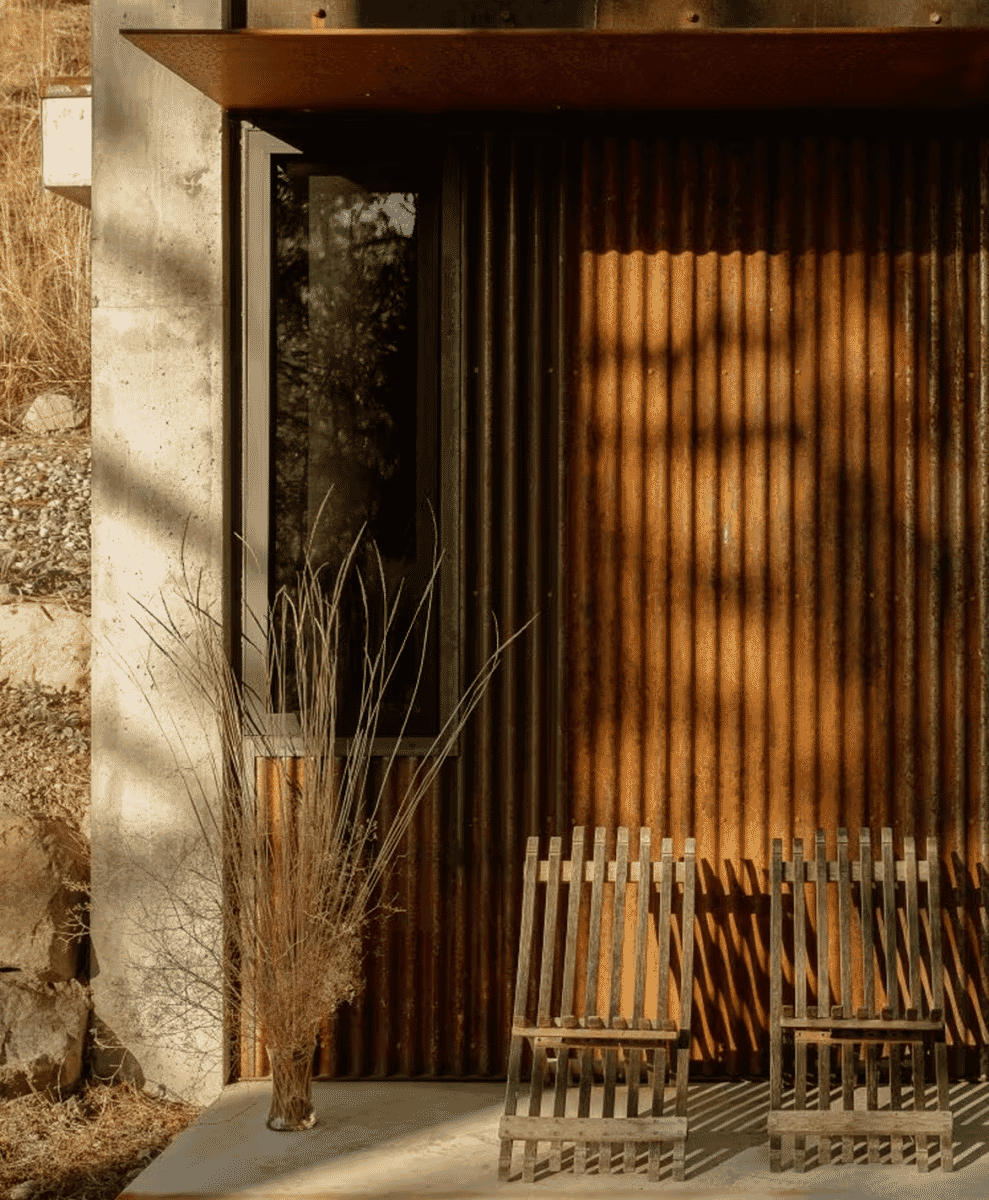
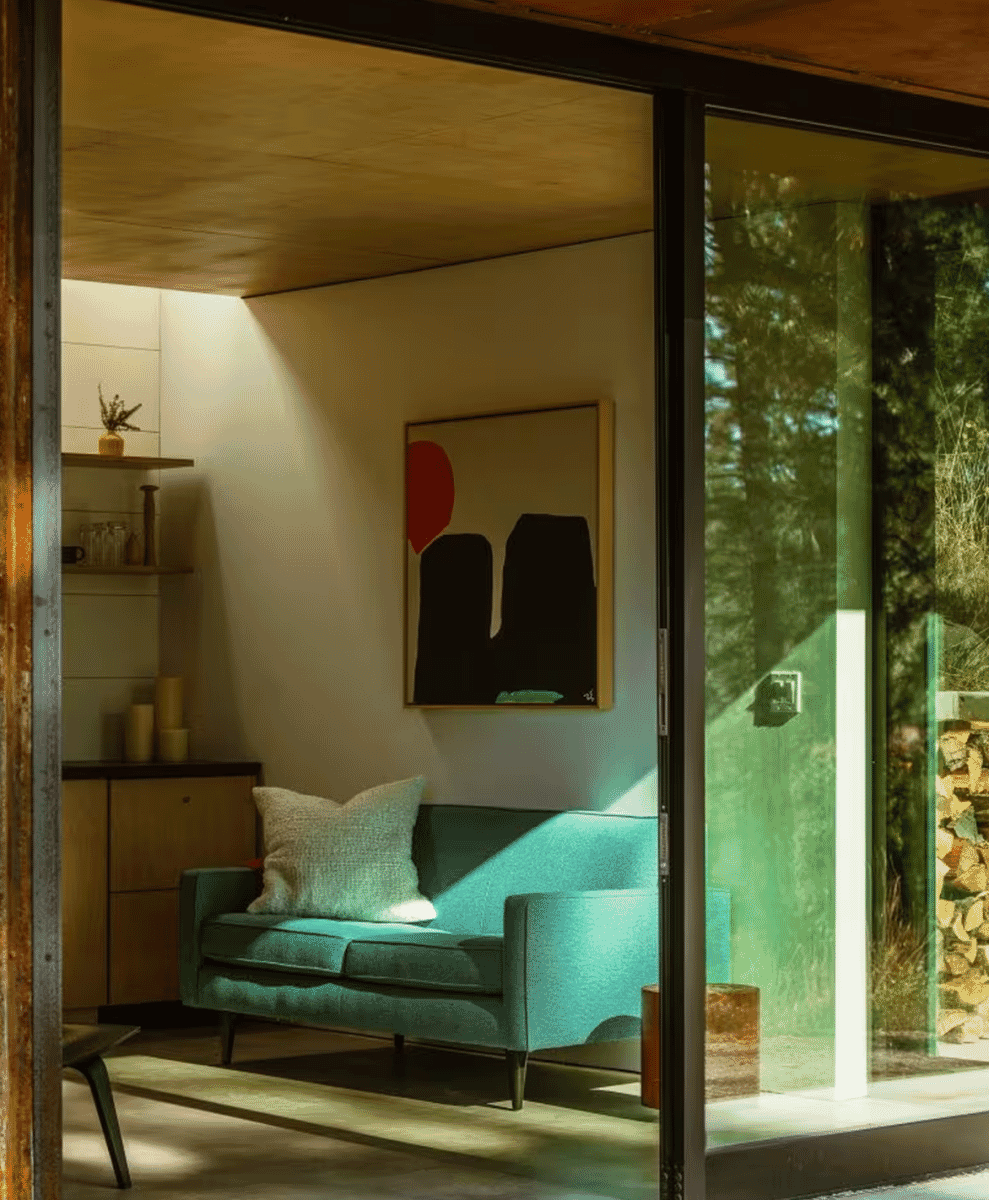
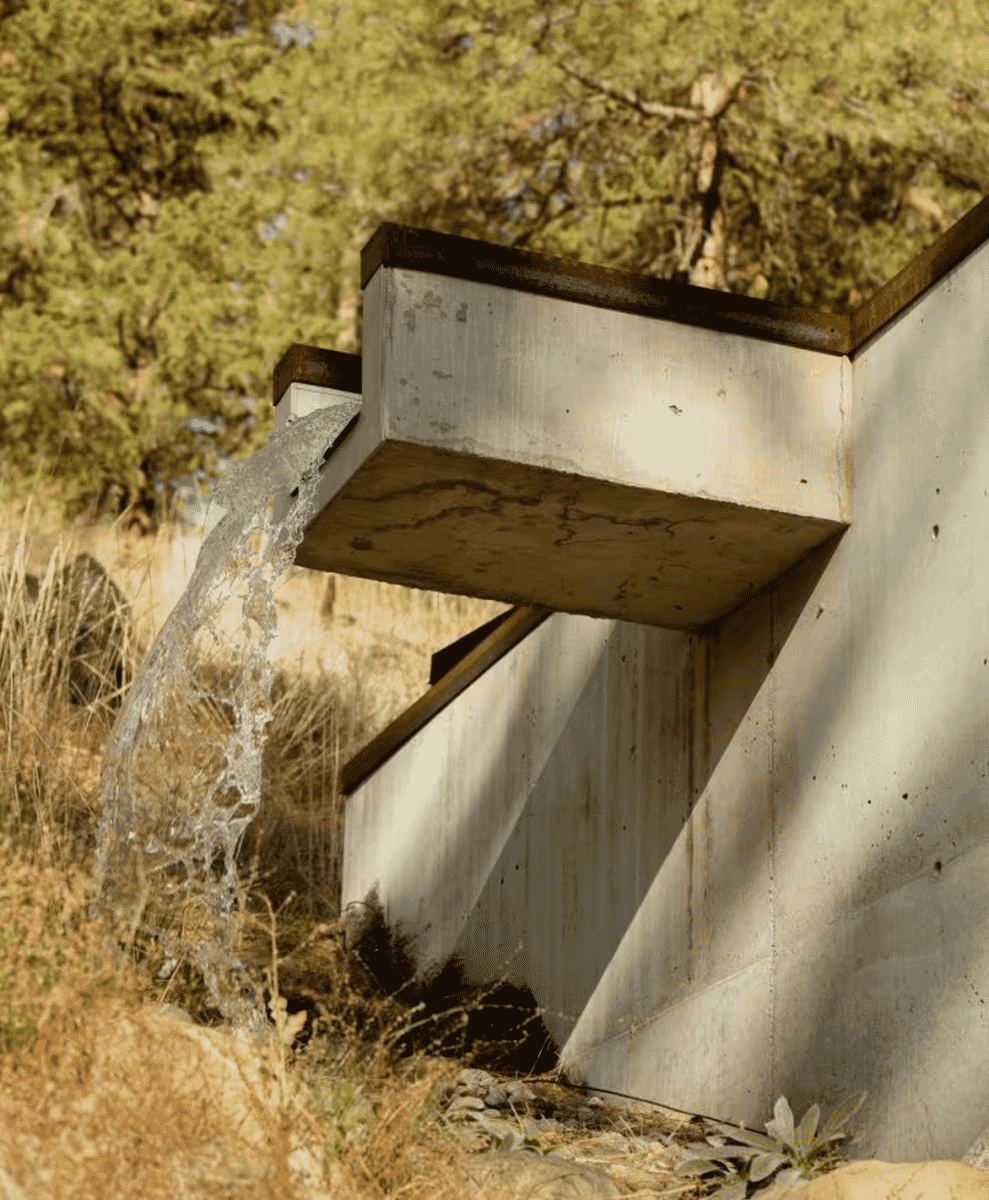
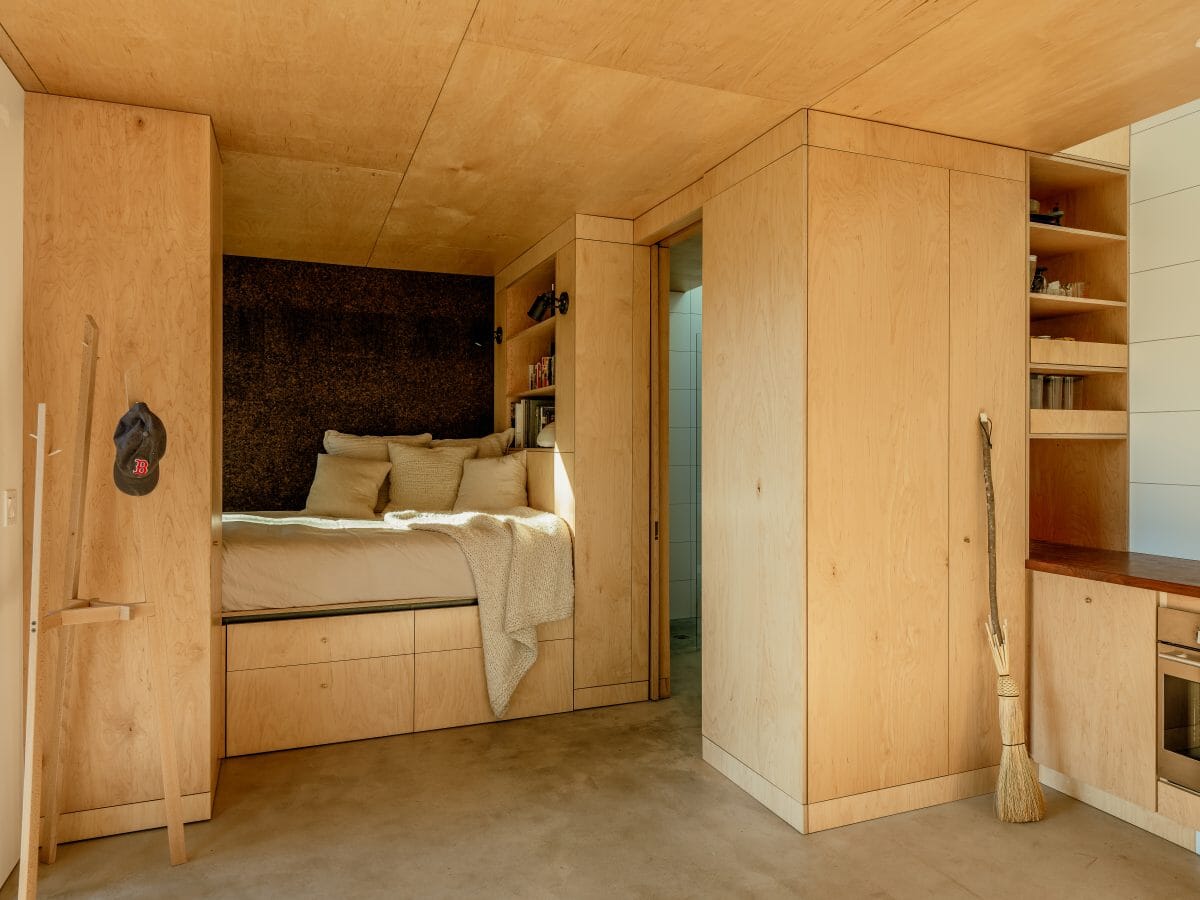
From the outside, it looks as if it has always been there. Cast-in-place concrete walls anchor the structure into the hillside, while steel cladding and awnings are designed to patinate into earthy tones. In summer, it blends with the dry, dusty terrain; in winter, snow piles on the flat roof, adding insulation and turning it into a white bunker. The aim was for it to age with the land, not stand apart from it.
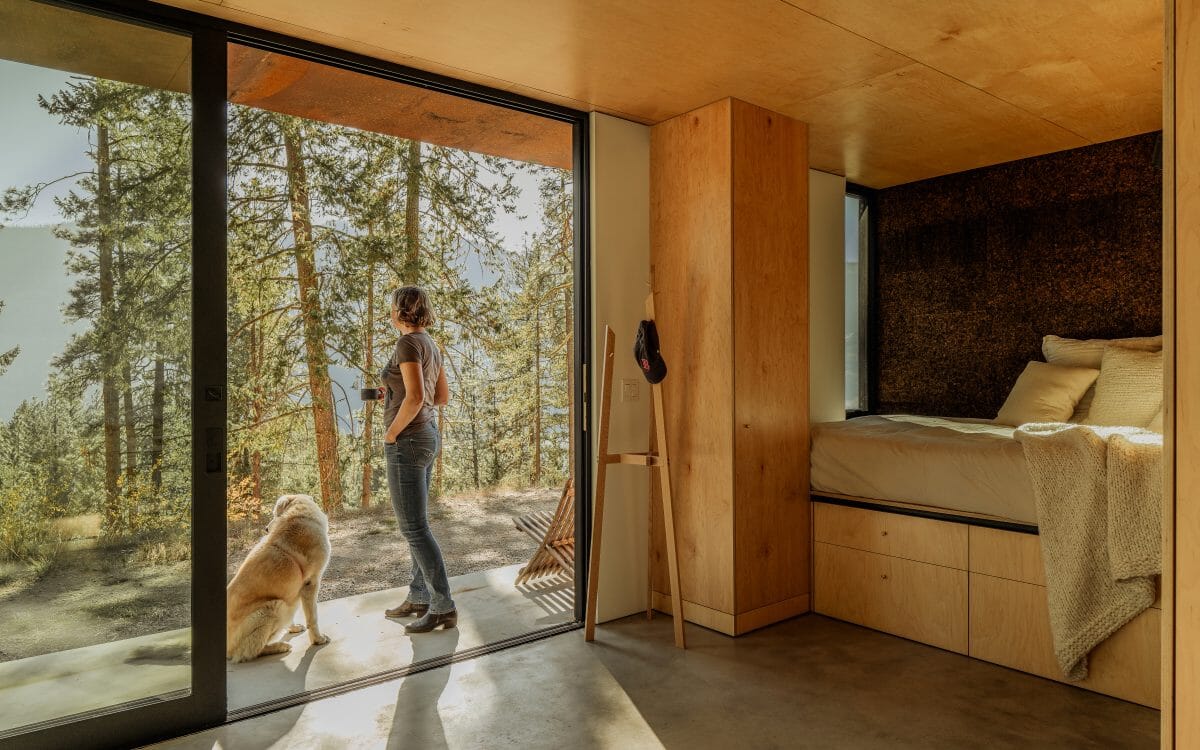
Tinyleaf cabin: A look inside
Inside, things are pared back and precise. Concrete and wood set the palette, and the interior works more like a piece of cabinetry than a conventional room set-up. Every inch is designed to pull double duty. The bed sits on drawers that extend the full depth of the frame, with extra storage tucked behind. Walls conceal pull-out panels that become pantries or utility cupboards. Even the headboard doubles as a bookcase, a corner for reading when the weather turns. The space is clever without being showy – more yacht cabin than show home.
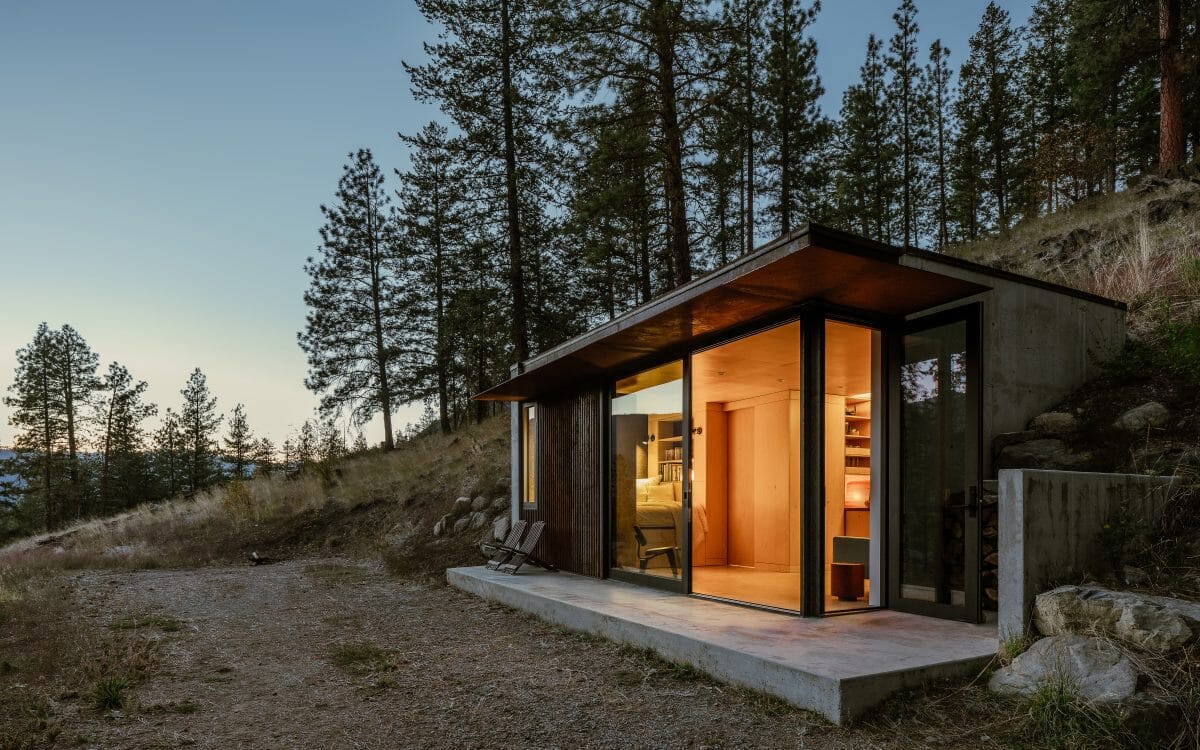
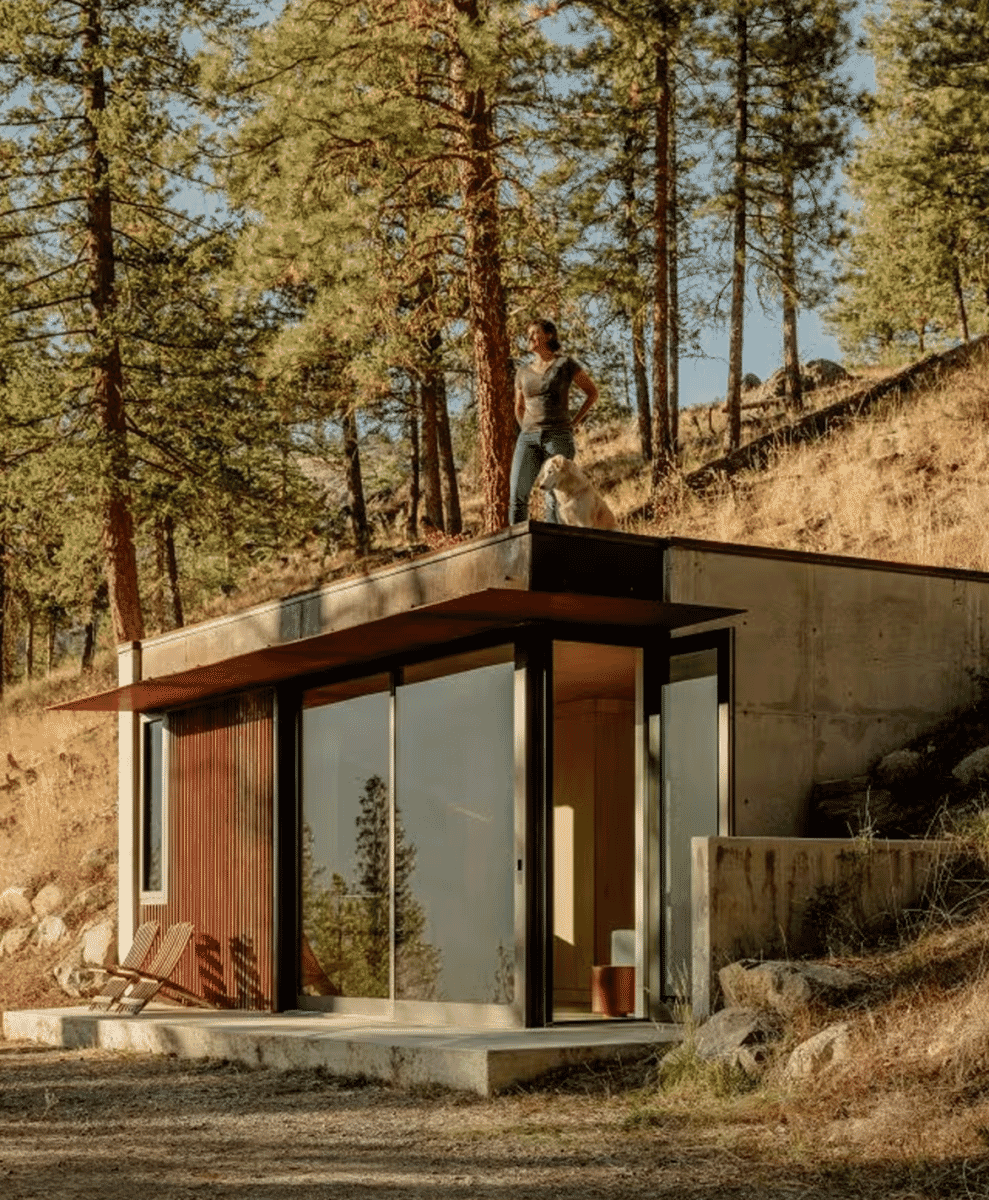


The living area opens south, with sliding glass doors that frame the valley and pull the outdoors inside. A linear skylight washes the rear wall in daylight, so even when the doors are shut against the snow, the place doesn’t feel buried. Step outside and the roof becomes a deck in warmer months.

Tinyleaf is, at heart, a study in restraint. It proves you don’t need scale to create a sense of connection, only good proportions, material honesty and a willingness to let the landscape do most of the talking.
Next up: 5 Contemporary cabins for your daily dose of escapism.




